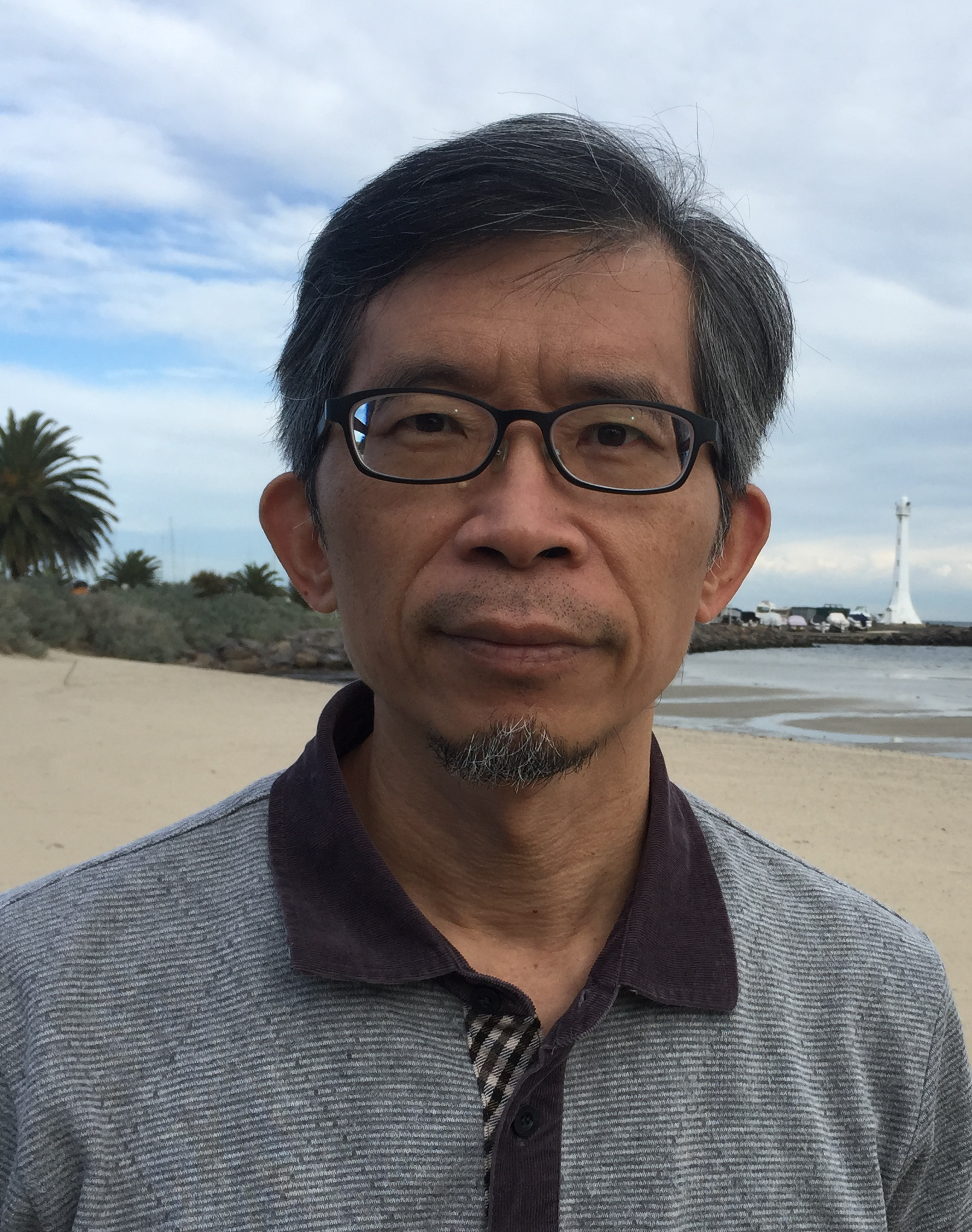Keynote Speech
West wind blowing to the East: The “Re-Orientalization” Course in Postwar Taiwanese Art
Liao, Hsin-Tien
What does the concept of “re-Orientalization” or “re-Sinicization” mean? The prefix “re” itself embeds a controvert logic: this prefix is not about the motivation to return to the origins, not about revisiting the old ways of doing things, not about reliving the glorious past, nor is it about recovering what was lost. Instead, there is a unique logic in this prefix that suggests particular cultural meanings deduced by time and history: the process of re-Orientalization of Taiwanese art during the postwar era was in fact propelled by the impact of modernization and the effects of observation by others. Postwar Taiwan, when Kuomintang’s (Chinese National People's Party, KMT) authoritarian rule took over the island, was a colony that was ruled by Japan for half a century. The policy to “re-Sinicization” the people in Taiwan were to rectify the “enslavement mindset” that the Japanese had previously shaped. Under this context, the Taiwanese people were considered as “the cultural others”, who needed to be re-educated, which is the core concept of “re-Sinicization.” For postwar Taiwan, the word “Orientalization” did not bear any negative connotation in the post-colonial treatise. It was the overwhelming tides of modernization that stimulated a reaction force for the Taiwanese to reflect and reinvent the traditions of Chinese painting. Meanwhile, it was the traditional Chinese culture in Taiwan that gave the imported western culture an innovative and vigorous outlook. Orientalism in Taiwan undoubtedly is a “re-Orientalization” cultural movement which includes multiple imports: dualist, ethnic differences, fusion and conflicts, centralism, self-Orientalization, and so on. Re-Orientalization does not commensurate with re-Sinicization; rather, it is the cultural development progress of localization – an adaptive survival strategy for the arts in confronting modernization, a Made-in-Taiwan byproduct.
Date: September 30, 2018, 09:20-10:30 (Sunday)
Venue: Room 603, No. 161 , Sec, 1 , Zhongshan Rd, Banqiao District , New Taipei City 220
About Liao, Hsin-Tien |
|
Hsin-Tien Liao, has PhDs in art history (University of Central England, Birmingham) and sociology (National Taiwan University) and is the director at the National Museum of History in Taiwan. He specializes in Taiwanese art history, sociology of visual art, study of art criticism and calligraphy. Liao was awarded The Gold Jue Prize by the Painting Association of the Republic of China in 2012, the LIN Yushan Academic Prize in 2004 and an essay competition award of Taipei Fine Art Museum in 1993. | 
Image credit: Courtesy of artist |
Back